Project Title: Nipping it in the Bud – Support for Invasive Plant Early Detection/Rapid Response in Shenandoah National Park
Project Purpose: To mitigate the threat of new invasive plants establishing in Shenandoah and restore native plant species in order to make the park more resistant to future invasive plants.
Prevention of the establishment of invasive species is less costly, both in environmental and economic terms, than long-term control of established weeds. Despite our best efforts, weed establishment cannot always be prevented. The next most cost-effective, feasible management approach involves locating species while populations are small—early detection—and promptly eradicating or containing the new invader – rapid response—before it becomes abundant.
This project funds two Biological Science Technician positions to support for surveillance for new or uncommon invasive plants, making it feasible to the park to act quickly when invasive plants are detected.
Project Goals:
- to increase surveillance for new invasive plants and new occurrences of still uncommon species
- to initiate management of any new discoveries
- to minimize the chance that roughly three dozen established but still uncommon invasive plants become major problems in Shenandoah National Park
Project Impact: Having staff devoted to this effort for four years will substantially reduce the time and money required to maintain control of existing occurrences of these species, fully eliminating a majority of them. Having the resources to conduct surveillance across the park should allow us to refine and better target limited resources for future surveys. Additionally, initiating restoration of some more heavily infested areas should eventually make them more resistant to new invasions.
This project targets 35 harmful species scattered across 104 discrete locations in the park, covering approximately 1600 acres. Known occurrences of 25 of these species can likely be eradicated within several seasons, while the remaining ten would be controlled to the point where additional spread can be prevented with minimal effort.
Project Funding: $49,186 in FY23 and FY24
You Can Help! Use the iNaturalist Shenandoah National Park Early Detection of Invasive Plants smartphone app to document occurrences of new and rare invasive plants, or volunteer to assist with the removal of some of the larger, more accessible invasive plant populations, the restoration (primarily tree planting, tree cage construction or herbaceous species planting) of the more heavily infested sites, or the native seed collection for site restoration.


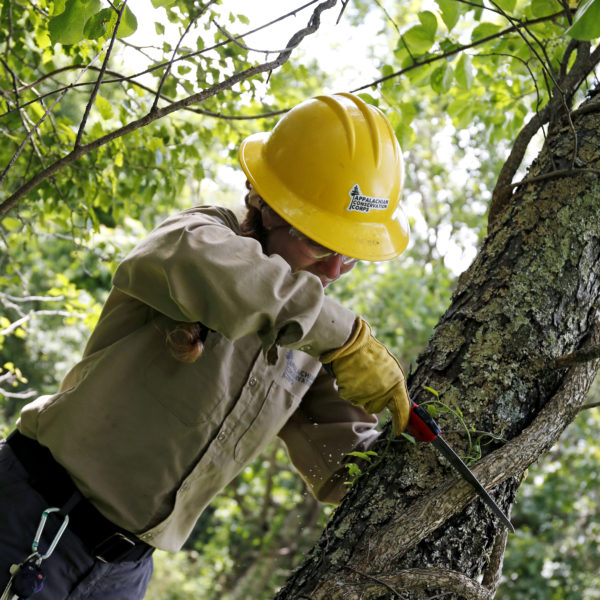

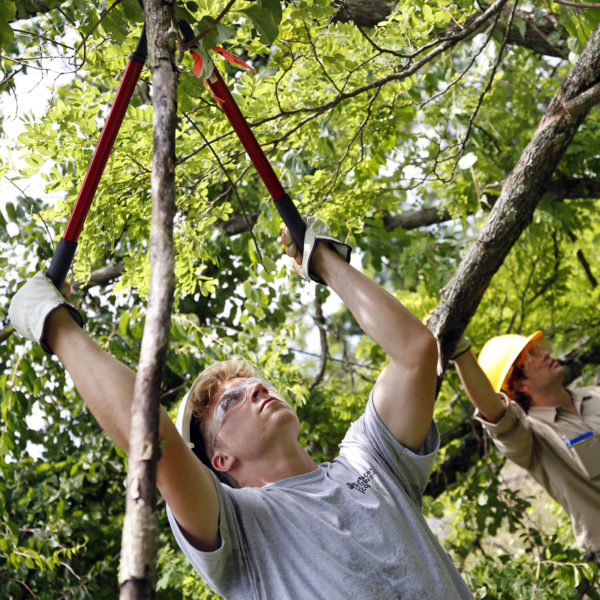











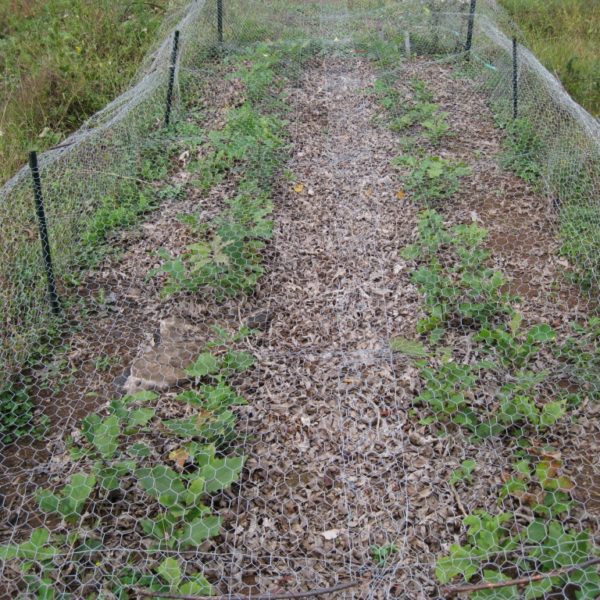
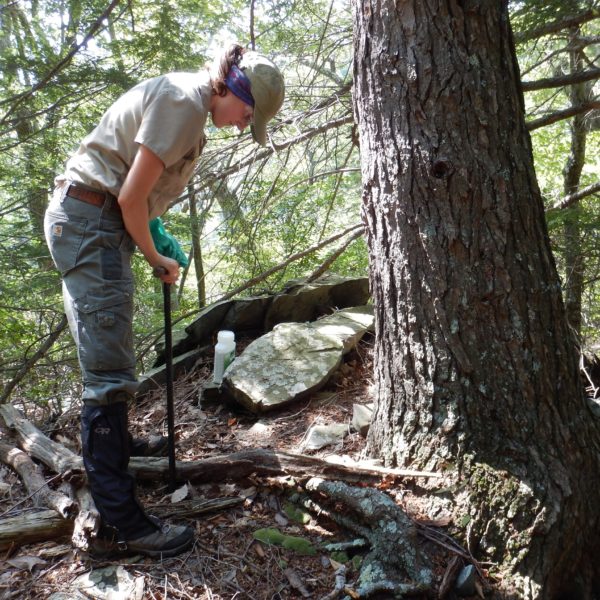

Project Progress:
- Native Plant Nursery: Since project initiation in FY14, funding from the SNP Trust has been used primarily to partially support a seasonal technician to maintain the nursery, plant native species at revegetation sites and to collect native seed. Since October 1, 2013, approximately 10,000 plants produced in the park nursery have been planted and protected at restoration sites. Another several hundred seedlings have been salvaged from roadside locations and transplanted in the nursery. Seed of 60 native species have been collected in the Park for use in vegetation restoration projects. This project allowed staff to revegetate sites beyond work funded as part of other projects, such as the SNP Trust-supported Forest Restoration Initiative. These included Hogwallow Flats and a former horse corral at Skyland in need of restoration.
- Native Plant Restoration: This project supports a term employee to recruit, train and field-supervise volunteers involved in the SHEN invasive plant management and restoration program. This additional capacity results in increased opportunities for short term and independent volunteers, improved integration of volunteer efforts with those of control and restoration crews and better recognition of volunteer efforts.
- Noteworthy Progress:
- Herbaceous species planted a restoration sites are beginning to reproduce and spread
- Trees planted early in the project are now 6’ to 8’ tall and growing out of their protective cages.
- New revegetation projects have been initiated at a number of sites, including at Thornton Gap, Big Meadows Campground and at Dark Hollow Falls.
- Survival of planted tree seedlings and other vegetation continues to be quite high—regularly exceeding 80%.
- Propagation protocols have been developed for a number of species for which little—if any—information existed previously.
- Several small scale experimental trials implemented during this project have helped refine our approach to revegetation, especially for herbaceous species.
Notes from the Field
Needless to say, it’s been a rather challenging spring for volunteer work in the park, given a two-month closure due to the COVID-19 pandemic. Despite this, Bridget has continued to do great things for the program in FY2020. She has led 10 workdays so far this fiscal year, and has another 42 scheduled through the remainder of the season. Bridget has devised a plan to keep folks working safely, including scheduling more frequent, smaller events to limit group size. Projects have included pulling and cutting invasive plants, native seed collection, salvaging native plants, and planting native plants in areas needing restoration. We have logged 360 volunteer hours to date—a respectable number for what is typically our slow period, and more than we’d logged at mid-season last year.
When she’s not working with the volunteer program, Bridget has been helping the invasives crew remove weeds and plant native plants. We’ve treated invasives on over 370 acres and planted native plants on 4 acres. Bridget has also assisted the park fire crew on several occasions, both with wildland fire response and vegetation management projects.
Bridget has continued to do great things for the program in FY2019. Since the last report in early May 2019, Bridget has led 12 workdays, and has another four scheduled through the remainder of the season. Projects have included cutting invasive vines, training volunteers to use cell phone apps to map invasive plants, native seed collection, salvaging native plants, and planting native plants in areas needing restoration. We have logged 790 volunteer hours since our last report—an increase over the number logged over the same period in 2018. Bridget has also trained three new independent volunteers this summer.
When she’s not working with the volunteer program, Bridget has been helping the invasives crew remove weeds and plant native plants. We’ve treated invasives on over 727 acres and planted approximately 4,000 native plants since the last report. Bridget also went on a western fire assignment in late August.
Bridget has had a very productive 2018. Since the last report, she has led or provided significant contributions to 7 volunteer events. Projects have included hand pulling of invasive plants, transplanting native plants, salvaging native plants, and planting native plants in areas needing restoration. Since the last report, we have logged 193 volunteer hours, and for the year have had more than double the hours logged during each of the previous two seasons. Bridget is currently investigating ways to reach more volunteers and increase participation in our workdays.
When she’s not working with the volunteer program, Bridget has been helping the invasives crew remove weeds and plant native plants. Thanks to her significant help, we were able to treat invasives on over 1,600 acres in 2018 and grow and plant nearly 10,000 trees, shrubs and herbaceous plants. Additionally, Bridget was able to help out on a western fire assignment this summer, at the height of fire season. Bridget has also completed several training courses that will help her become a more effective volunteer leader and park employee.
